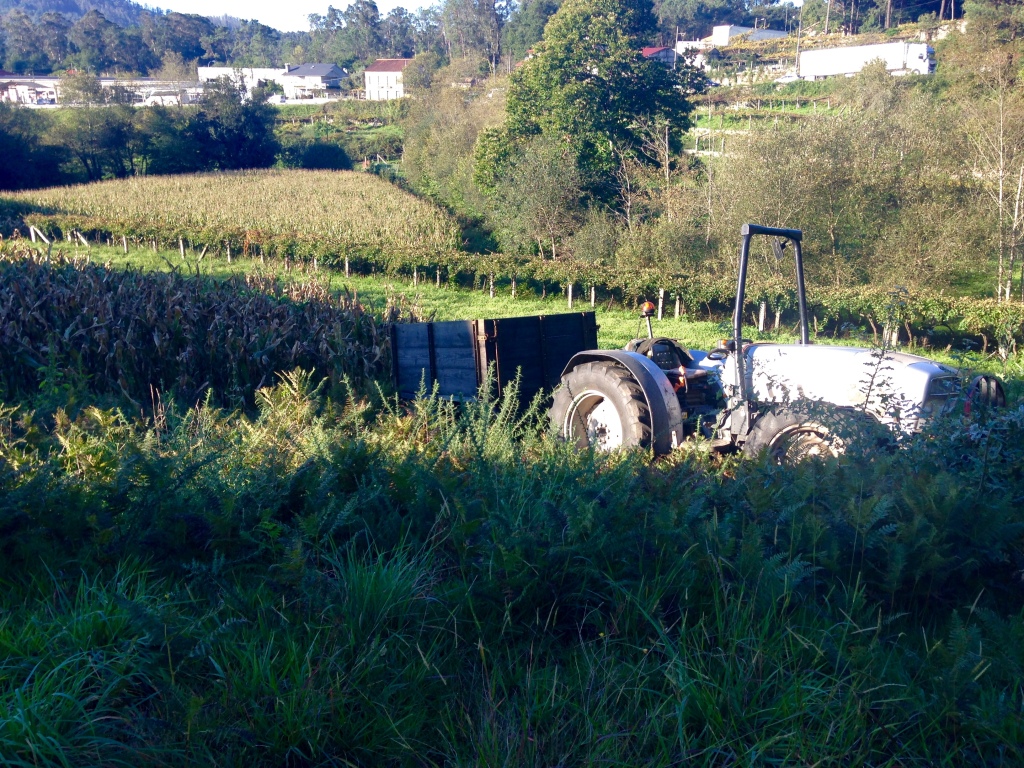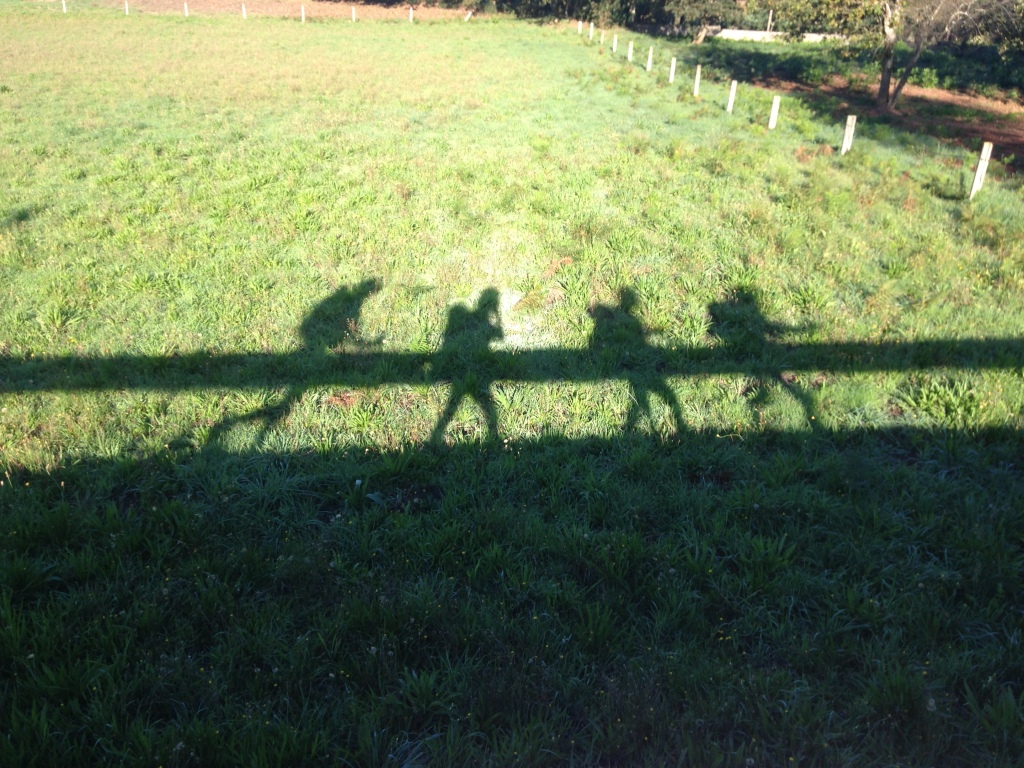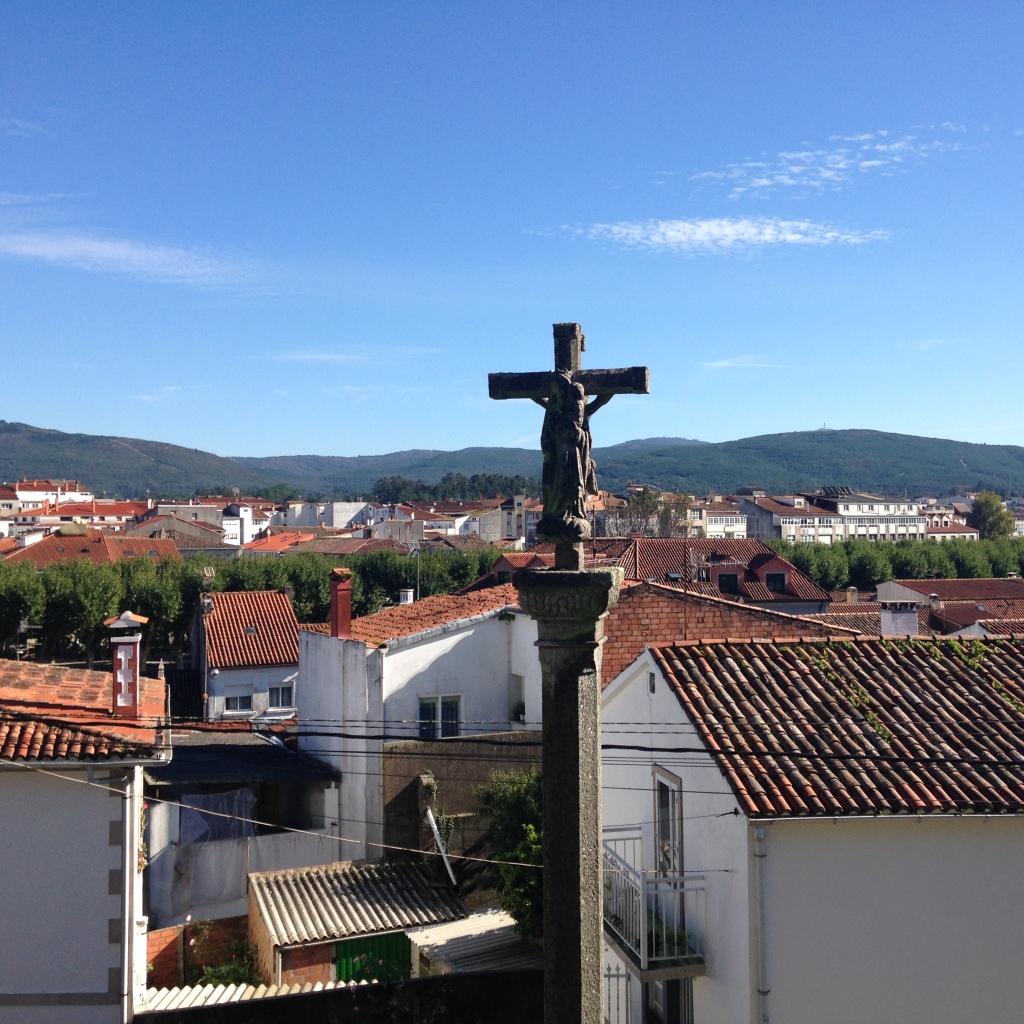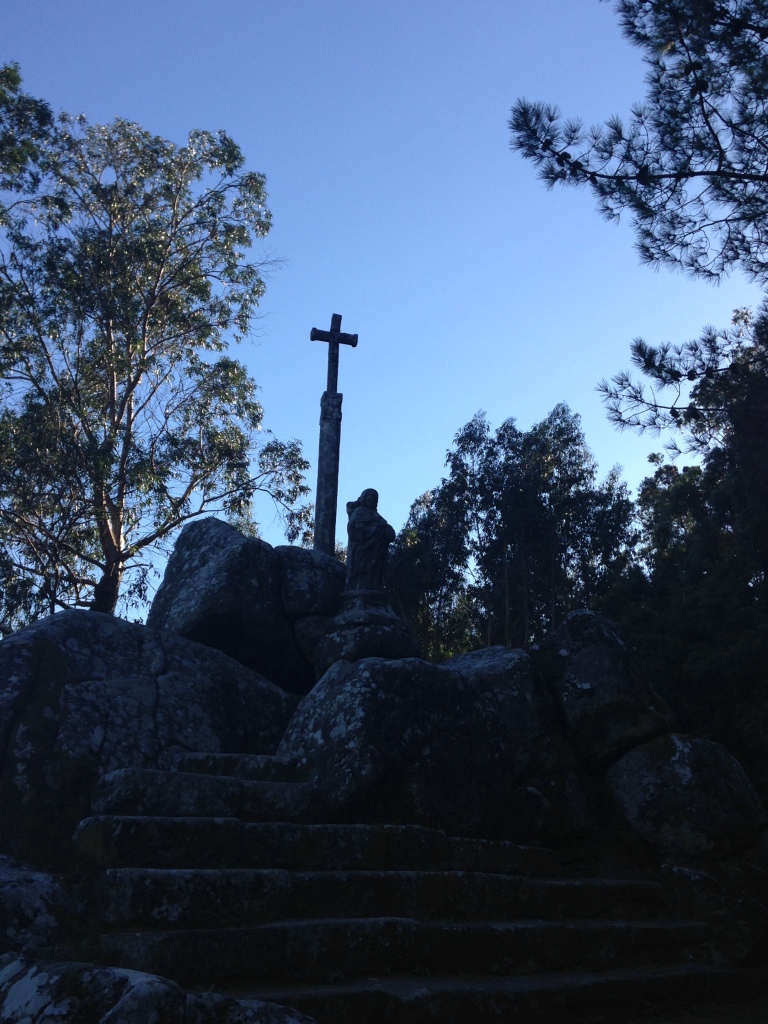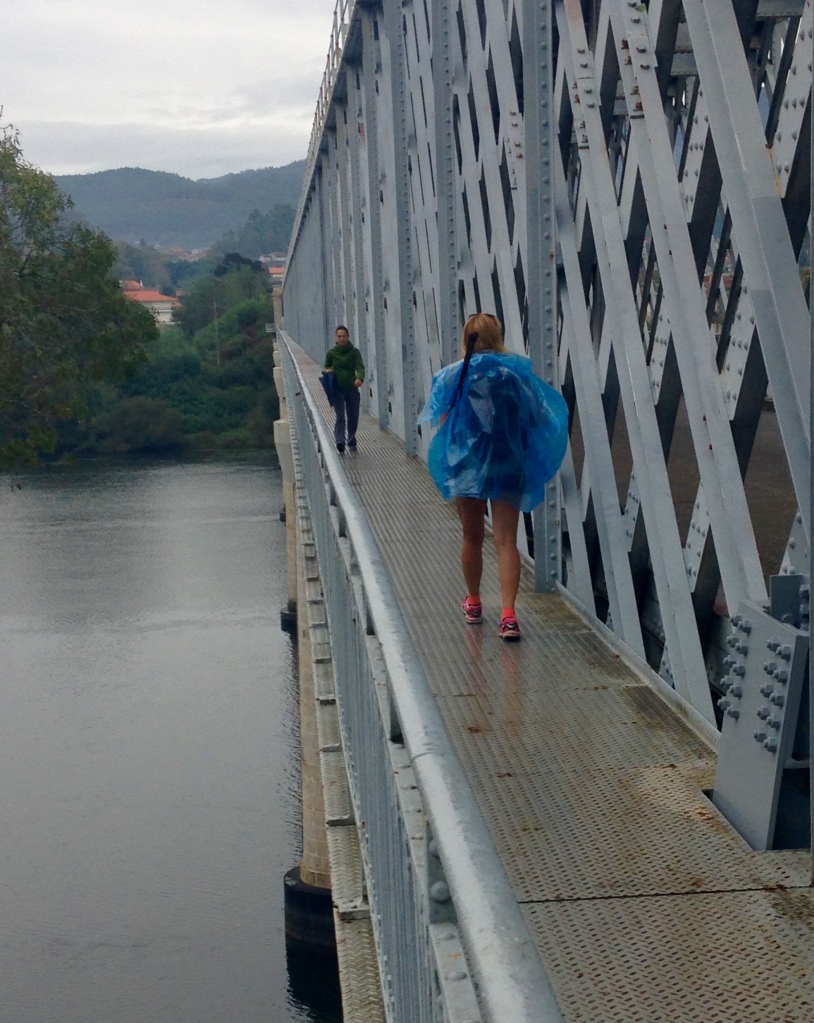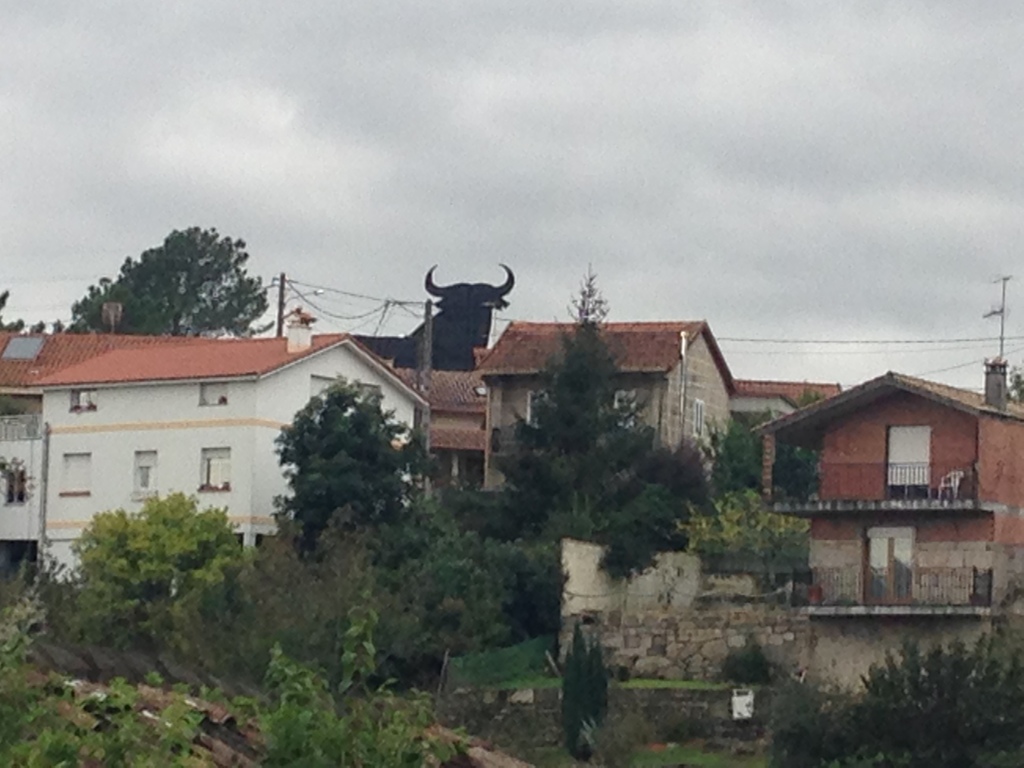
I took the bus.
I know, I know. Call myself a pilgrim? A hard core walker? The same person who walked every inch of the 500 miles across Spain with a hanging-off toe and aching hips and knees? Maybe I’ve gone soft, but on this occasion I just didn’t see the point.
The plan was devised late at night after reading the guidebook description of the next day’s route which runs through industrial estates and along the side of busy roads most of the way to Redondela. For me, the compensation for tired legs and feet, sleepless nights of neighbouring snoring, suspect mattresses, and the trials of bugs and living in close proximity with other people is the prospect of spending the daylight hours walking alongside ripening grapes, over old stone bridges, past churches and crosses or by the side of empty wheat fields. But on the leg ahead there appeared to be no promise of anything other than tarmac, concrete, noise and danger.
We left the albergue before 7am, paid our 2.75 to the bus driver and sat in luxurious comfort in the early morning darkness for thirty short minutes, watching huge yellow Camino signs flash by, warning motorists to be aware of walkers. Any tingling of guilt that I should be out there plodding along to the accompaniment of speeding machines quickly dissipated. The journey was over too soon and it was still dark when we jumped down and unloaded our packs from the deep recesses of the bus then set off, making our way through the streets and out of town.
There were some bonny stretches today, but the last couple of kilometres before Pontevedra were along the edge of the busy road into the city so I decided to take the alternative river walk recommended in the guidebook. This woodland route was longer, but I’d walked only 18km and it was still early in the day. I could see that everyone ahead of me stayed on the main road, but just as I turned left onto the quieter route I met Sheila and Dan, two Americans from Oregon, and a limping German girl who had also decided to follow the track.
It was still in the woods; shady and quiet among the trees. We chatted for a while but I walked faster than the others so eventually I left them far behind and walked on, happy to wander alone along the meandering path. There wouldn’t be much peace in the big dormitory which lay ahead.
A man suddenly appeared, running awkwardly towards me and straight past. I noticed he was wearing ordinary clothes and shoes rather than running gear. I walked on. Then a few minutes later he reappeared behind me, overtook me and jogged back into the woods in the direction I was headed. Maybe I have an overactive imagination. Maybe I’ve read too many accounts of lone women having bad experiences on the camino, but I had a sense that something wasn’t right. There was no one else around and I wasn’t happy about walking on. I stopped in a clearing and waited a while then began walking back to find the others. The woods were quiet and I wondered if they’d changed their minds and returned to the shorter route but eventually they appeared, the German girl limping worse than ever. They hadn’t seen the “runner” at all.
We walked on together at a snail’s pace, all the way to the hostel. The man may have been entirely innocent but the experience unnerved me. Maybe the noisy edges of motorways are safer after all.
